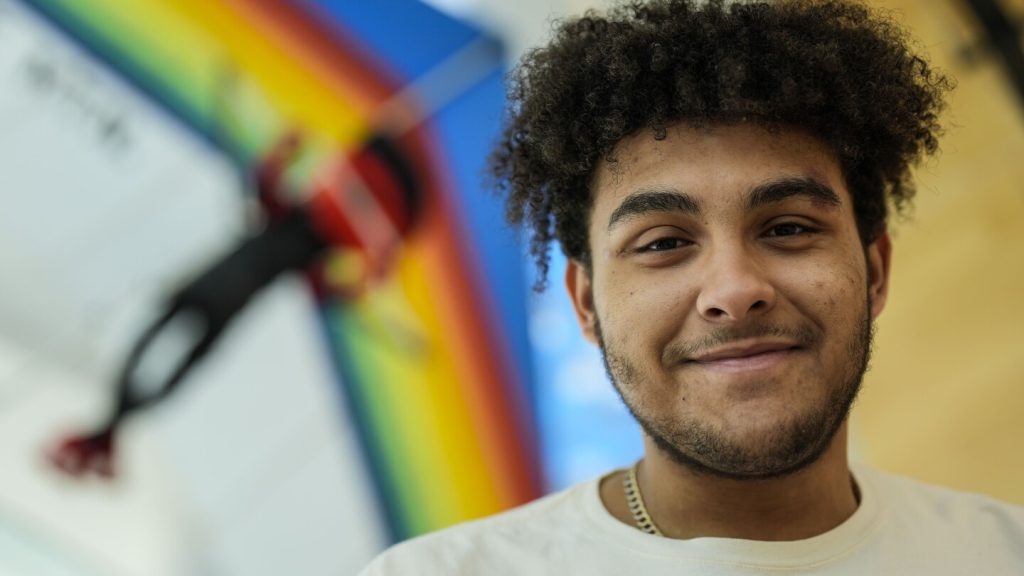A new report published in the journal JAMA reveals a significant increase in the use of GLP-1 receptor agonist drugs among adolescents and young adults in the United States. The study looked at data from 2020 to 2023 and found that the monthly use of these medications, which are commonly used to treat diabetes and obesity, surged among individuals aged 12 to 25. The number of young people using GLP-1 drugs increased by nearly 600% during this time frame, with over 31,000 children aged 12 to 17 and more than 162,000 individuals aged 18 to 25 using the medications in 2023 alone.
Despite the rise in prescriptions for GLP-1 drugs, the report notes that these medications are only being utilized by a fraction of young people who struggle with obesity. According to data from the U.S. Centers for Disease Control and Prevention, about 20% of children and adolescents and 42% of adults in the United States have obesity. The report also highlights the importance of early evaluation and aggressive treatment for children and teens with obesity, including the use of surgery and medication when necessary.
One success story highlighted in the report is that of Israel McKenzie, a teenager from Tennessee who was able to lose 110 pounds in nine months with the help of the weight-loss drug Wegovy. McKenzie had struggled with obesity for years, leading to worsening asthma and a risk of developing diabetes. After connecting with a pediatric obesity specialist who prescribed Wegovy, McKenzie saw significant improvements in his health and self-confidence. Other GLP-1 drugs such as Ozempic, Saxenda, and Trulicity were also prescribed to young people in the study.
While the use of GLP-1 drugs has shown promising results for some young individuals struggling with obesity, there are concerns about the long-term safety and effectiveness of these medications for this population. Some young people may experience side effects such as nausea, vomiting, or constipation, which can be severe enough to stop the medication altogether. Additionally, the high cost of these drugs and difficulty obtaining them due to insurance coverage issues are challenges that patients may face.
Government-run Medicaid plans covered a significant portion of the GLP-1 drugs prescribed to adolescents and young adults in the study, highlighting disparities in access to these medications. Despite these challenges, individuals like McKenzie have seen life-changing improvements in their health and well-being as a result of using GLP-1 drugs. As the use of these medications continues to increase among young people, further research and monitoring of their safety and effectiveness will be essential to ensure the best outcomes for patients in this age group.


